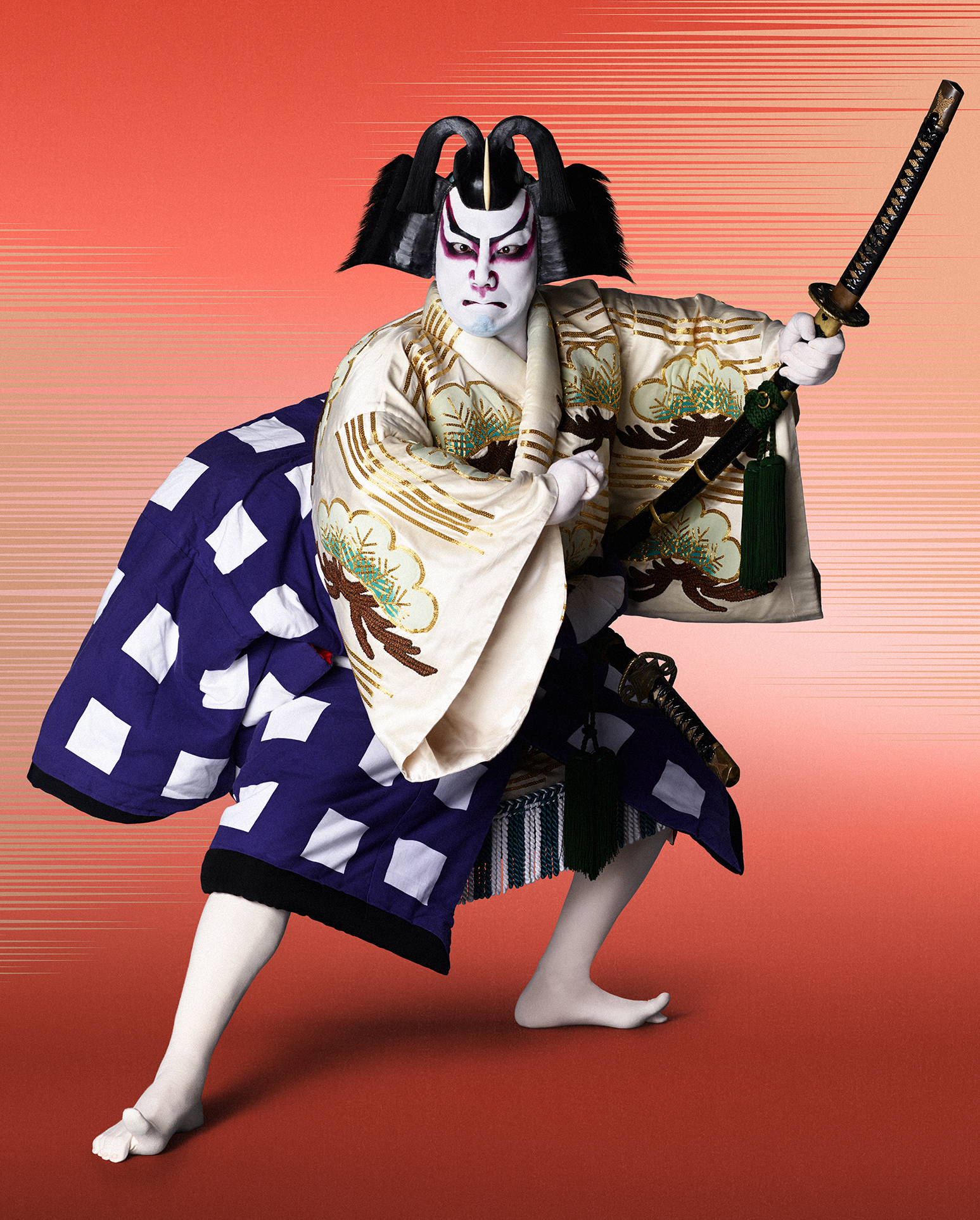It’s a new week and a new month and everything still sucks. I thought long and hard this past week about whether or not I even wanted to continue with this project. But I eventually realized that this daily exploration of art is the only thing bringing me any semblance of joy at this point. So I’m pressing forward, as ridiculous as it may feel sometimes. Which meant it was time to decide on a new topic for this month. After giving it some thought, I’ve decided to look into something that has fascinated me for years, but which I’ve never gotten around to actually learning about. Meaning it is the perfect monthly topic for the Daily Hart. Therefore, this month I’m going to be doing a deep dive on kabuki theatre in Japan.
First up. Kabuki’s origins in early 17th century Kyoto. Because the number one thing I didn’t know about kabuki? The fact that it was created by a woman. Ironic, considering that today, women are banned from performing it. But in 1603, a woman by the name of Izumo no Ohuni, an attendant at the Grand Shrine of Izumo, began dancing in a dry riverbed in Kyoto. She quickly drew an audience of common people, and a new art form was born.
The name kabuki comes from the Japanese verb kabuku, which means out of the ordinary or bizarre. And it’s an appropriate name. Kabuki is known for its wild and colourful make up, costumes, and movements. Stages include trap doors and revolving platforms to enhance the spectacle, and musicians playing taiko drums and shamisens provide the soundscape. Performances run for hours, and there are meal breaks in between acts. In fact, it’s customary for audience members to eat bento meal boxes called marunouchi in between acts.
Remember above when I specified that Izumo no Ohuni danced for an audience of common people? That’s important for the history of kabuki, because throughout the centuries it’s been known as the theatre of the people. Specifically, it was the first theatre for commoners. Other traditional Japanese theatre, such as Noh, was for the aristocratic and samurai classes only. But kabuki was for everyone, and stories often focused on every day life and social commentary.
The first kabuki theatre, Saruwakaza, was built in 1624 in Kyoto. It was founded by Saruwaka Kanzaburo, and it would let people know that a performance was on by drumming from its rooftop. Unfortunately, it was located quite close to the city’s castle, where drums would inform people of the arrival of samurai to its gates. This led to a lot of confusion, so Saruwakaza eventually relocated.
At first, all kabuki performers were women, called onna-kabuki. These performers included geishas, and their performances could sometimes get quite risqué. Which of course meant that they soon became targets for censorship. Women were replaced by young boys as performers, called wakasu-kabuki, in 1629. But by the mid-1600s, adult men had taken over. They were called yaro-kabuki, and men who played women’s roles were called onnogata. This tradition continues to this day, as women are still banned from performing kabuki theatre.
I wish I could say that I’ve seen a live performance of kabuki, but I haven’t. I’ve only seen video clips or prints of famous kabuki actors. But after everything I’ve learned this past week, I can’t wait to experience it in person. Time to search for kabuki theatre in Paris. Or book a trip to Japan. Either works at this point.
Next week I’ll be looking more into the social conventions of kabuki theatre. I’m curious to know the history behind why women are still banned from performing. Even Noh theatre began allowing women performers in recent years. Clearly there’s lots to learn about this fascinating art form. See you next week!
Suggestions for artists I should check out? Please contact me with your ideas. I hope you enjoyed your daily helping of art!



